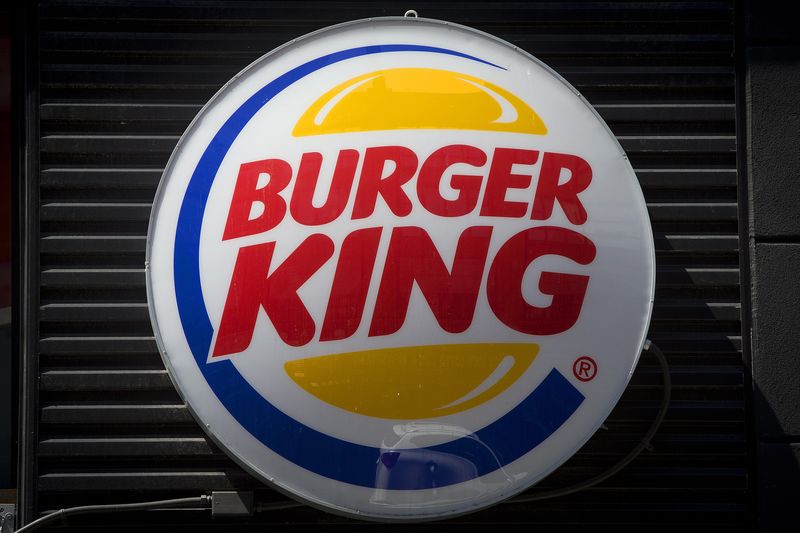* Q4 adj profit of $0.44/shr vs est of $0.42/shr
* Burger King comp sales rise 2.8 pct vs est 2.5 pct
* Tim Horton comp sales rise 0.2 pct vs est 1.1 pct (Adds details, analyst comment, shares)
By Komal Khettry
Feb 13 (Reuters) - Restaurant Brands International Inc QSR.TO QSR.N , the owner of Burger King and Tim Hortons, reported a higher-than-expected quarterly profit as comparable sales at its burger chain topped estimates and costs fell.
U.S.-listed shares of Restaurant Brands rose as much as 2.5 percent to a record $52.73. The Toronto-listed shares also rose as much as 2.8 percent to $69.10 to hit a record high.
Total comparable sales at Burger King rose 2.8 percent in the fourth quarter ended Dec. 31, helped by new menu items and the re-introduction of Cheesy Tots for a short period of time.
Analysts were expecting a 2.5 percent rise, according to research firm Consensus Metrix.
Burger King's performance was in contrast to U.S. restaurant chains such as McDonald's Corp MCD.N , Dunkin Brands Inc DNKN.O and Yum Brands Inc YUM.N , which posted lower-than-expected comparable restaurant sales during the quarter.
However, during the quarter Tim Hortons' total comparable sales rose 0.2 percent, missing estimates of a 1.1 percent rise.
"The pace of menu innovation at Tim Hortons has fallen back since last year, when the company introduced new lunchtime options and Nutella pockets," Neil Saunders, managing director of research firm GlobalData Retail said in a note, calling Burger King the "star of the show".
Total costs at Restaurant Brands fell about 16 percent to $619.8 million.
The company's net profit attributable to shareholders more than doubled to $118.4 million, or 50 cents per share, from a year ago, when it took a $37 million charge for the merger of Burger King and Tim Hortons. an adjusted basis, Restaurant Brands earned 44 cents per share, beating the average analysts' estimate of 42 cents per share, according to Thomson Reuters I/B/E/S.
The Oakville, Ontario-based company's total revenue rose about 5 percent to $1.11 billion and was nearly in line with estimates.
